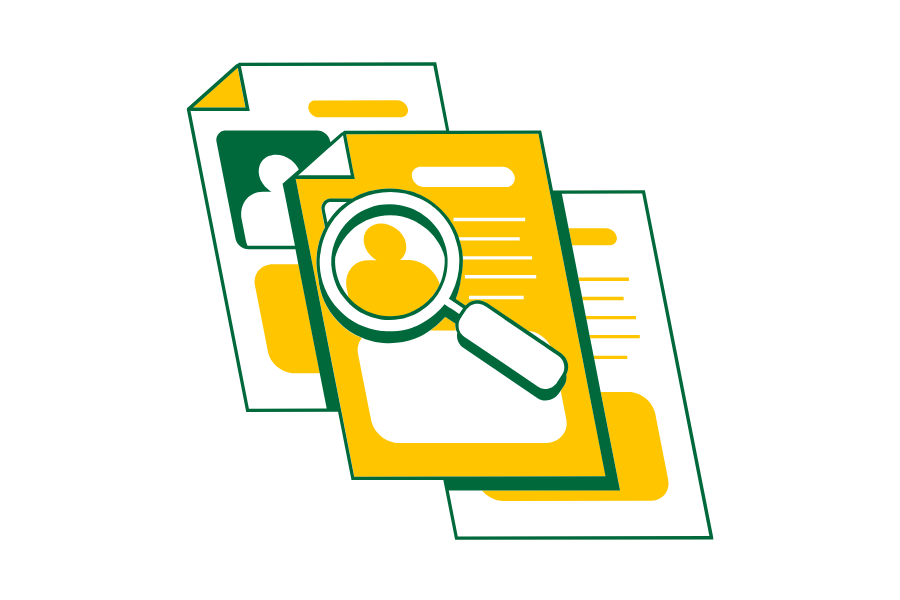Singapore’s Paternity Leave: What Employers and SMEs Need to Know
Managing a lean team means every role matters, especially when someone takes time off. Suppose you’re running a small business in Singapore. In that case, understanding your obligations around paternity leave is crucial — not just for compliance, but also for managing your payroll and accounting services fairly and accurately.
Here’s what SME employers need to know about paternity leave entitlements, eligibility, pay, and payroll processes in 2025.
What Is Paternity Leave in Singapore?
Paternity leave in Singapore is a government-supported benefit that allows working fathers to take time off to care for their newborns.
As of 2024, eligible working fathers are entitled to two weeks of Government-Paid Paternity Leave (GPPL).
What Changed in 2024?
From 1 January 2024, the Government increased the GPPL from two weeks to four weeks, but only the first two weeks are mandatory. The additional two weeks are voluntary for employers.
However, the Government will reimburse employers fully for all four weeks if granted.
Who Is Eligible?
To qualify for GPPL, the employee must:
- Be the biological father or legally adoptive father of a Singapore citizen child
- Be lawfully married to the child’s mother
- Have served the employer for at least 3 continuous months before the child’s birth or adoption
- Have a child born (or adopted) on or after 1 January 2017 (for the 2-week entitlement) and on or after 1 January 2024 (for the 4-week voluntary extension)
✅Don’t risk costly payroll penalties. Let our experts manage your payroll compliance end-to-end. Learn about our service here.
How Leave Can Be Taken
Paternity leave can be taken in either:
- A continuous 2-week block, or
- Flexible arrangements over 12 months from the child’s birth (e.g. one day per week)
Employers and employees must mutually agree on the structure.
How Does Reimbursement Work?
Employers must first pay the employee his usual salary during the leave period and then claim reimbursement from the Government through the Government-Paid Leave (GPL) portal.
Reimbursement covers:
- Up to $2,500 per week, capped at the employee’s actual salary
- A maximum of 4 weeks (for employers who grant the voluntary 2 extra weeks)
Claims must be made within 3 months of the last day of leave.
Employer Responsibilities
Here’s what SME employers in Singapore need to do:
- Verify eligibility based on the child’s citizenship, marital status, and employment duration
- Pay salary during the leave period
- Submit GPPL claims via the GPL Portal
- Adjust payroll records to reflect leave accurately
- Ensure that the leave is tracked and documented in line with CPF and MOM requirements
Best Practices for SMEs
Plan for Coverage Early
In smaller teams, even a short absence can affect operations. Ensure duties are covered and communicated.
Communicate Leave Policy Clearly
Outline your company’s paternity leave practices in your employee handbook or onboarding documents, especially if you offer the full 4 weeks.
Track Leave via Payroll Systems
Integrate leave tracking into your payroll system to ensure CPF, tax, and claims stay accurate and audit-ready.
Be Consistent and Supportive
If you choose to offer the voluntary two additional weeks, apply it consistently to avoid perceptions of bias.
Summary
Paternity leave in Singapore isn’t just a statutory checkbox — it’s part of building a supportive, modern workplace. As an SME, you can stay compliant while reinforcing trust with your employees, especially during major life events like parenthood.
Handle it right, and you’ll not only avoid MOM penalties — you’ll retain talent, boost morale, and build a stronger workplace culture.
Expert Payroll Services, Zero Hassle
Running payroll shouldn’t keep you up at night. Our in-house payroll team handles all the complexities—from withholding calculations to tax deposits. We ensure compliance, manage deadlines, and keep your books updated automatically.
Get comprehensive payroll support without the need for multiple providers. Your dedicated Customer Success Manager is just a message away for any questions.
Ready to get started? Chat with us now, email [email protected], or use our contact form.
Here are some articles you might find helpful:
Performance Review Software: A Buyer’s Guide for SMEs in Singapore
How Performance Ratings Impact Employee Engagement in SMEs
Performance Review Rating Scales: What Works Best for Small Teams







